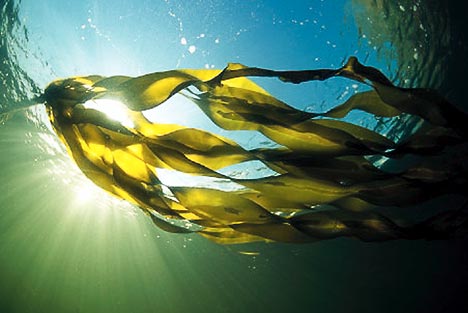For this blog i am going to talk about the 3 labs i actually did. Credit to my amazing lab partner Lauren for the extra help. We do so much in your class. Our work ethic is outstanding. We found out Mrs. Goodrich went out to the beach in Salisbury and got us some fresh seaweed. We happened to find out a lot about the different types of seaweed, colors and textures. We found out that seaweed is either brown, green, or red, and someone wrote blue but let me tell you Ms. Goodrich made it clear there is no such thing as blue seaweed. We did a lab the first day after the long power point on seaweed, and it was about how many bubbles came off the seaweed in the tube.The purpose of this laboratory exercise wasto assist you in becoming more familiar with the taxonomy and diversity of the common plant members of intertidal and near-shore marine communities.Which clearly I figured out very well. The majority of the attached marine plants can be placed in four divisions of the kingdom Plantae. Three divisions – the Phaeophyta, Rhodophyta, and Chlorophyta – are collectively referred to as seaweeds. The fourth division, Anthophyta, is mostly terrestrial but also includes several species of seagrasses. These four divisions of common benthic plants are distinguished from one another by their different pigment systems and reproductive structures, as well as other structural differences. In these macroscopic forms, it is the pigment differences that are initially the most evident.The intertidal and subtidal zones are further divided into bands. This guide gives examples of common seaweeds found in the upper, mid-, and lower intertidal zones and below the low tide mark. Depending upon local conditions, bands of seaweed within these zones may be narrow or broad. Many seaweeds may also be found in more than one band.

No comments:
Post a Comment